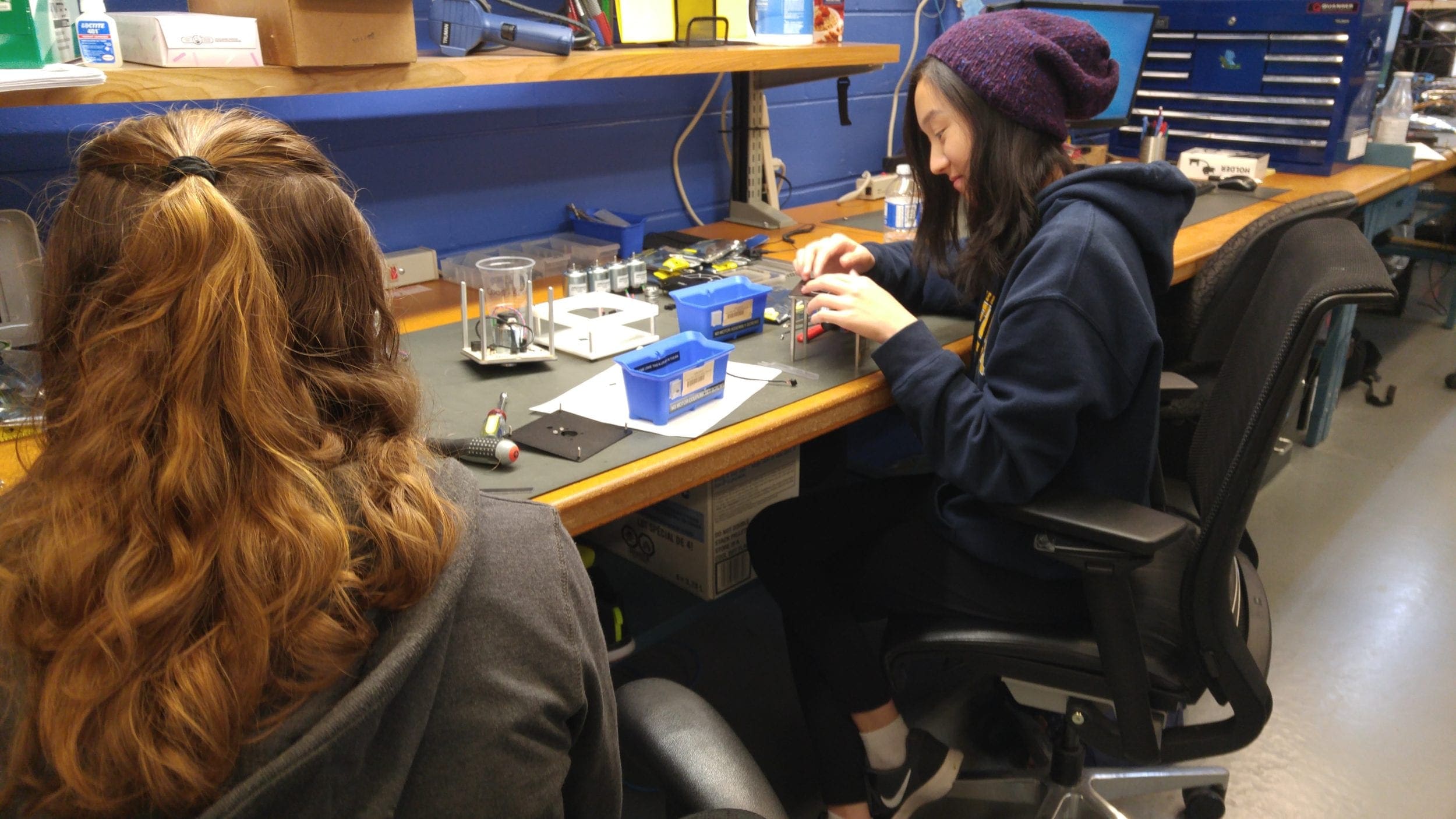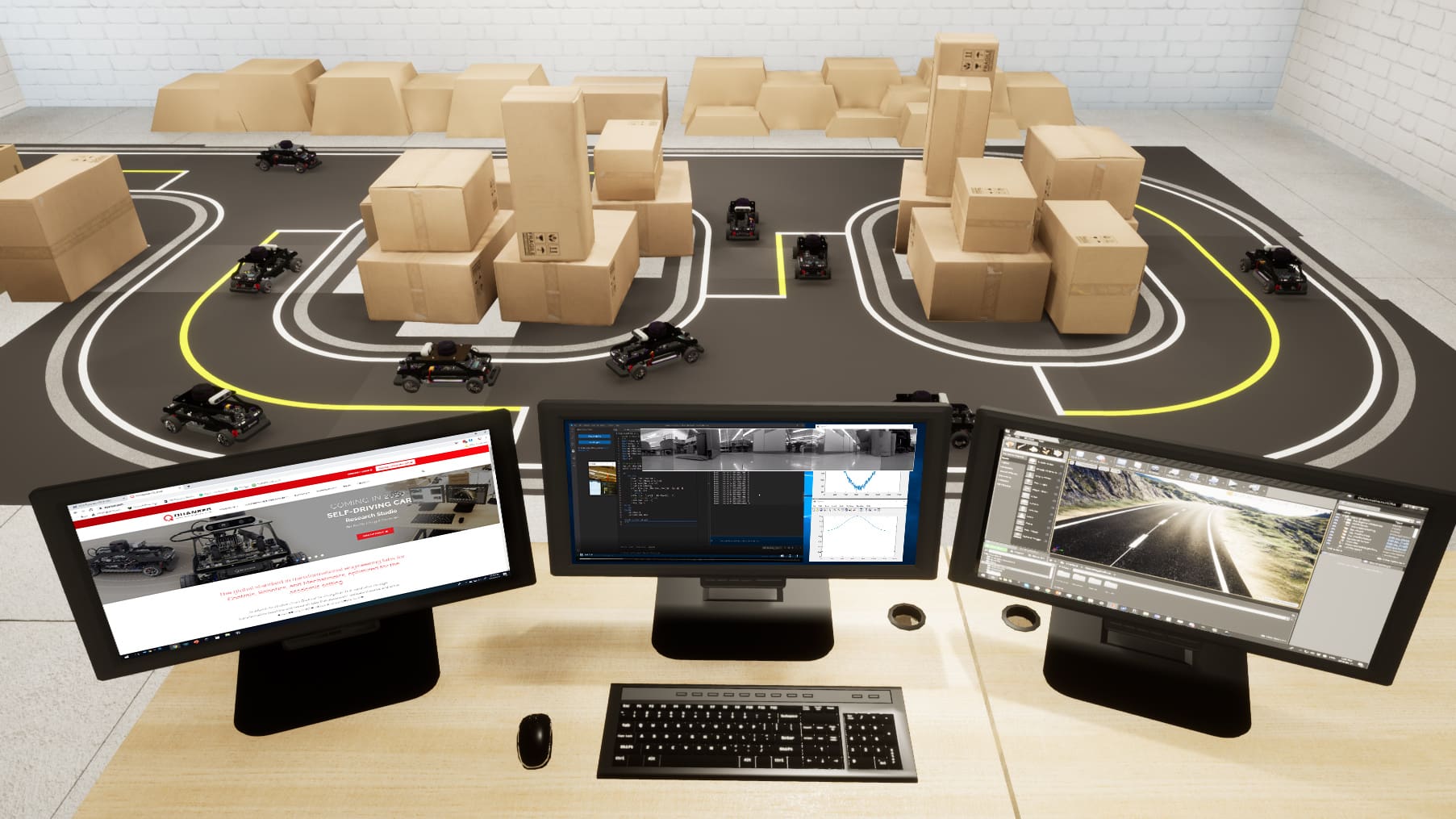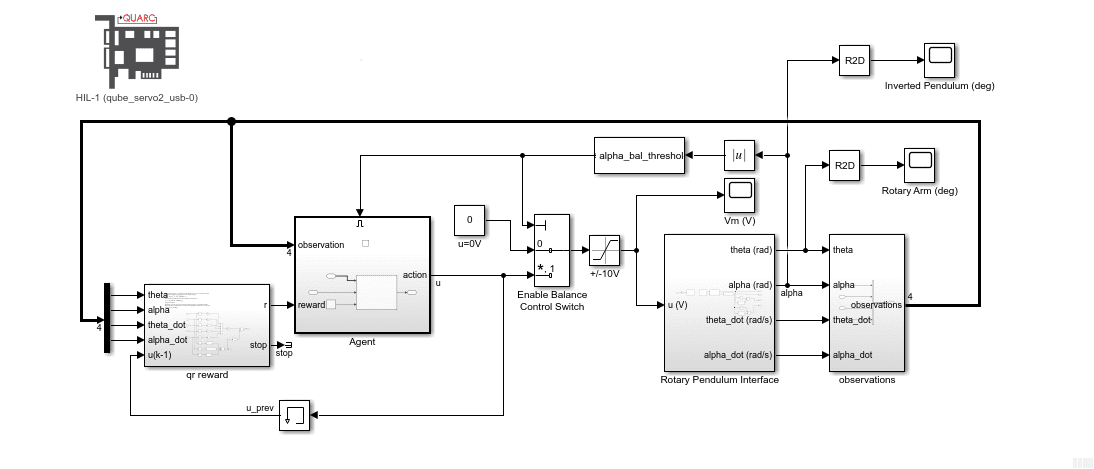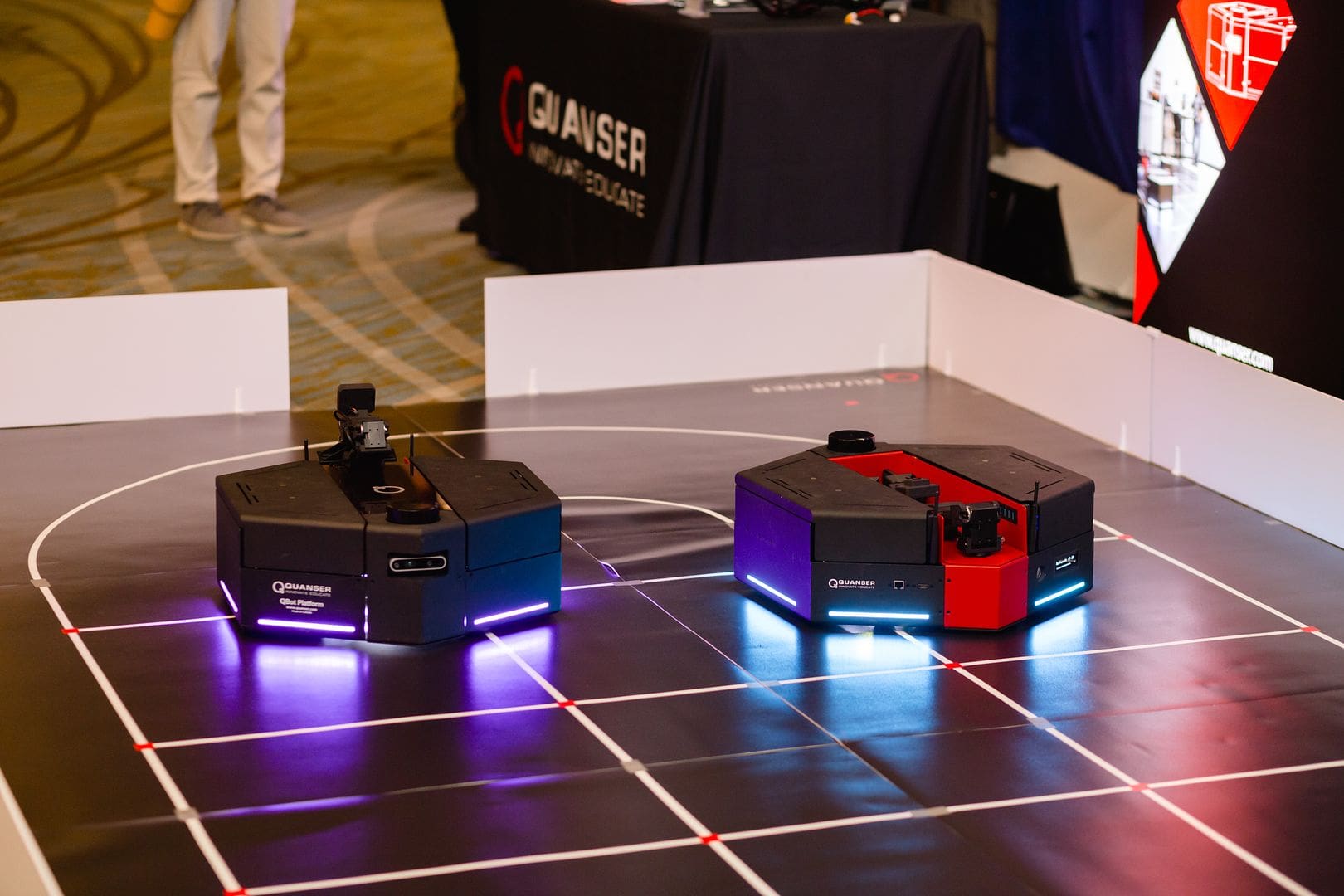
Initial Considerations
There is no doubt robotics professors and researchers often have deep theoretical knowledge in areas like algorithms, control systems, machine learning, and AI. However, the practical aspects of setting up and running a robotics lab can be complex and different from theoretical knowledge. This gap between theory and practice is essential to address. Establishing a robotics lab involves hardware selection, integrating different systems, ensuring compatibility, and troubleshooting real-world issues. Therefore, collaborating with industry experts and practitioners with practical experience deploying robotics technologies is crucial. Their insights can help select the right tools, equipment, and methodologies that align with research objectives while ensuring practical feasibility. Combining theoretical knowledge with practical expertise can lead to a well-rounded robotics lab that drives innovative research and delivers tangible results.Objectives
We have had the privilege of engaging with professors around the world who are establishing a robotics lab, and there are generally two primary motivations. For education: Professors have been assigned a course or the task of creating a course around robotics. For research: Professors may have specific research interests or project needs that require the establishment of a robotics lab. These labs can serve as vital hubs for innovation and discovery, offering the tools and environment necessary for cutting-edge research.Equipment
Consider the equipment and technologies that will be essential for your lab. This can include robotic arms, sensors, controllers, and software platforms. Choosing versatile and scalable equipment that can grow alongside your lab's needs and capabilities is essential.Securing Funding
Funding is another critical factor. Given the substantial costs associated with setting up a robotics lab, securing grants and funding from various sources is often necessary. It frequently requires building a compelling case for potential funders by highlighting the educational and research benefits your lab will provide. At Quanser, we strive to be your partner and provide grant proposal service, which saves time and improves your productivity and success rate when it comes to funding.Collaborations and Partnerships
Collaboration is key. Partnering with other players and thinkers in the industry, other academic institutions, and even government bodies can offer additional resources and expertise. These partnerships can also create opportunities for student internships, collaborative research projects, and enhanced learning experiences.Developing a Curriculum (If Teaching)
Finally, for teaching labs, focus on curriculum development. Designing courses that effectively integrate the use of your robotics lab will maximize its impact. Ensure your curriculum is aligned with current industry trends and technological advancements to provide students with relevant and up-to-date knowledge. By taking these steps, you can establish a robust and dynamic robotics lab supporting educational and research goals.What Should a "Robotics" Include?
Robotics traditionally involved manipulator robotics, like robotic arms used in manufacturing for tasks like assembly and inspection. However, the concept of mobile robots has emerged, including autonomous robots for warehousing and outdoor exploration. A comprehensive robotics lab should encompass both manipulators and mobile robots to handle a wide range of applications. This broader definition of robotics includes self-driving cars, drones, and any system that senses the world, makes decisions, and acts on those decisions.Robotics Labs for Teaching
An undergrad or post-grad robotics lab provides students with hands-on experience, fostering critical thinking, problem-solving skills, and creativity. It is a dynamic space where theoretical knowledge meets practical application, enabling students to work on real-world projects, conduct research, and develop prototypes.The Size of Your Class
For a teaching lab, you need to start by considering your class size. How many lab sessions will you have? How many stations will you need in the lab to ensure that all your students, typically working in groups of two, have a good experience?Supplementing with a Virtual Lab
You can extend the learning experience virtually using a digital lab like Quanser's digital twin if you have a large cohort. This is especially relevant when talking about undergraduate labs. Virtual labs allow for a unique approach where, if push comes to shove, you can remotely deploy the same lab experience.Can You Have a Fully-Digital Robotics Lab?
Our CEO, Paul Gilbert, has been known to respond with the rhetorical question, "Would you ever fly in an airplane that has only been simulated?" Quanser was built on the foundation that in-person experiences have irreplaceable value. Nothing compares to hearing the robot move, seeing its size in person, trying to push it with your hand, and observing all the sensors. The best way to start is with a physical experience - get your hands dirty.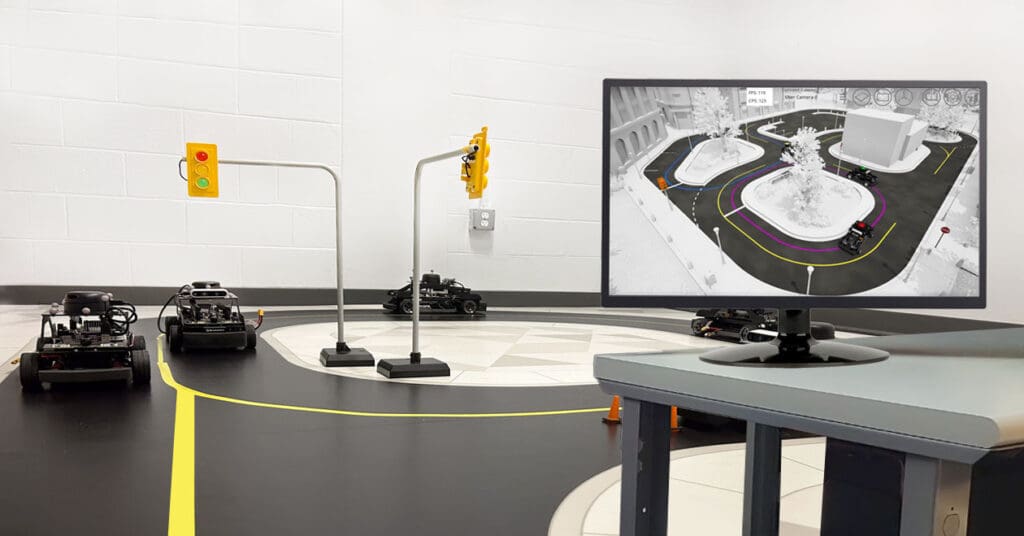
A great example of bringing theory to life incorporating virtual labs: SDCS mix reality demo
Ensuring Consistency of Your Robots
Consistency is vital for any robotics lab. After all, how can you teach something that doesn't work in reliable and repeatable ways? One of the challenges professors face is getting their machines to behave consistently, especially when dealing with more than one robot. In our experience, professors frequently find that the second robot they acquire performs differently than the first. This inconsistency stems from the fact that the design priority for most robots on the market isn't focused on educational use cases. Instead, the goal is to create cost-effective robots to perform specific tasks. The best way to overcome this issue and ensure consistency is to purchase all your robots from the same reliable source. Quanser robots are purposely designed and built with educational use in mind, allowing professors to teach concepts effectively.Deciding the Curriculum
One of the elements that uniquely positions us at Quanser is our comprehensive curriculum. With our mobile robotics lab, we offer a 70-hour curriculum that ensures students gain a deep understanding of the subject matter, even if they are not physically present. This curriculum is meticulously designed to provide an enriching educational experience.Robotics Labs for Research
For research purposes, it's important to be cutting-edge and state-of-the-art. Researchers often approach us with very specific and innovative needs. For example, they might be interested in exploring how heterogeneous vehicles can operate within a shared space. This involves ensuring that different types of robots and vehicles can communicate and collaborate effectively without colliding or causing disruptions. Another common area of interest is the interaction between humans and robots in a factory environment. Safety is paramount in such settings, so researchers are keen on making human-robot interaction as seamless and risk-free as possible. This includes developing advanced sensor systems and robust algorithms that allow robots to predict and respond to human actions in real-time. Additionally, building a self-driving car is a complex and multi-disciplinary research endeavor. It involves not just robotics but also artificial intelligence, computer vision, and systems engineering. Setting up a lab for this type of research requires various specialized equipment, from high-resolution cameras and LIDAR systems to powerful computational resources for processing the vast amounts of data these systems generate. In essence, a robotics lab designed for research must be versatile and equipped to handle a wide range of cutting-edge projects.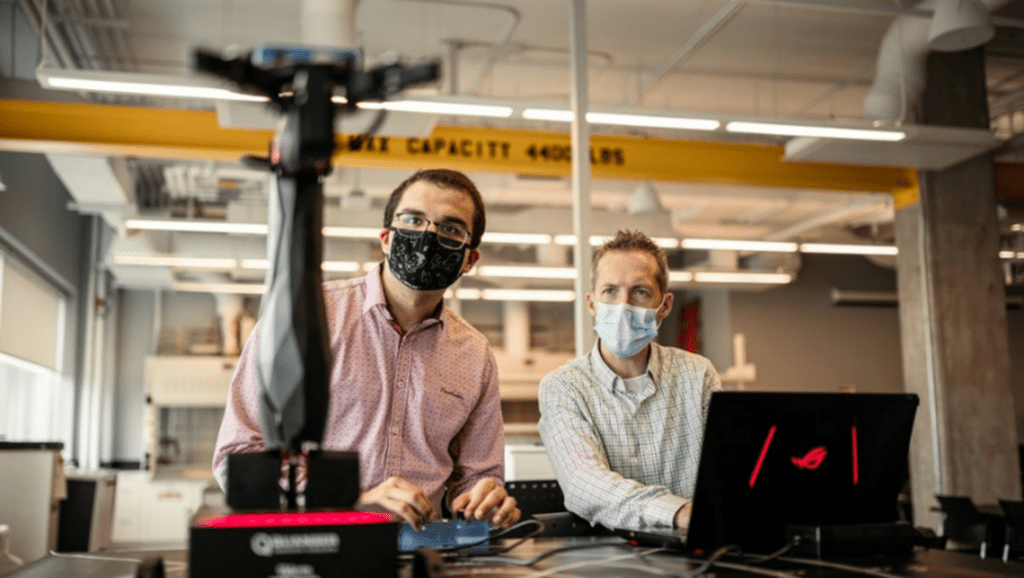
QArm and its virtual twin in use from McMaster University
Open Architecture
Open architecture is crucial for fostering innovation, collaboration, and adaptability. It reduces dependency on proprietary systems, lowering costs and avoiding vendor lock-in. By embracing an open architecture, a robotics lab can remain versatile, future-proof, and at the forefront of cutting-edge research and development. At Quanser, all our robots are designed with open architecture. There are no black boxes anywhere, ensuring complete transparency and customization capabilities. This level of control emphasizes the importance of your programming. It gives users complete authority over the robot's behavior, enabling a more hands-on and in-depth educational experience in your robotics lab.On-Board Instruments and Sensors
It's important to consider the specific types of sensors you want to incorporate. Some people prefer a camera-focused approach, while others might want to include a variety of sensors such as lidar, sonar, microphones, and V2V communication. At Quanser, we make all these options available, ensuring our platform is sensor-rich and overly instrumented with open architecture. These elements are crucial because they make our systems very attractive to researchers.Mathematical Soundness
Moreover, all Quanser systems are mathematically sound. Each one comes with a mathematical model behind it, which is a significant feature of both our teaching and research products. Essentially, if the math isn't crucial to your project, then a Quanser solution might not be the right fit for you. However, for those who need robust mathematical backing for their robotics work, our solutions are tailored to meet these rigorous demands.Software Agnosticism
Software agnosticism refers to the ability to work with and integrate various software solutions seamlessly, regardless of the underlying platform or technology. This approach ensures that the lab is not tied to a single software ecosystem, providing the flexibility to choose the best tools and applications for each specific task. Additionally, software agnosticism mitigates the risks associated with software obsolescence and vendor lock-in, ensuring the lab can adapt to evolving technologies and market trends. Our visibility stems from being software agnostic, allowing you to conduct research using your preferred tools, whether it's Matlab, Simulink, ROS, Python, C, or other platforms that are familiar and expected by robotic researchers.Planning for Multi-Agent Systems (Heterogenous Vehicles)
Planning a heterogeneous vehicle robotics lab involves:- Diverse Hardware Integration: Supporting various vehicles with scalable and modular design.
- Robust Communication Protocols: Ensuring seamless interaction among different vehicle types.
- Comprehensive Testing Environments: Simulating real-world conditions for robust testing.
- Safety Standards and Training: Ensuring safety protocols and proper training for researchers and technicians.
- Efficient Data Management and Analysis: Handling vast amounts of data generated by research projects.

